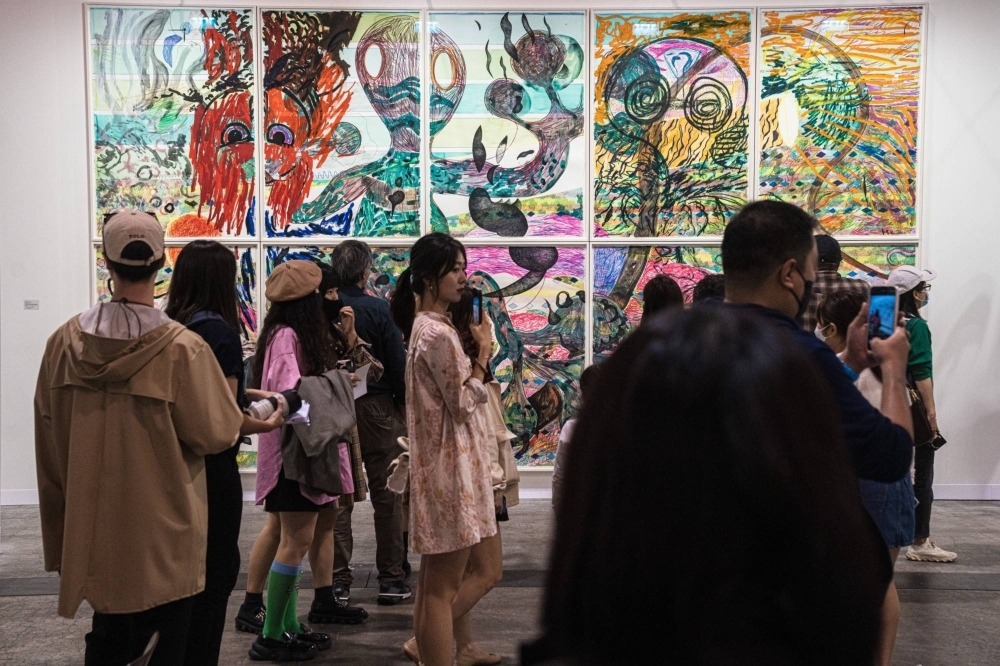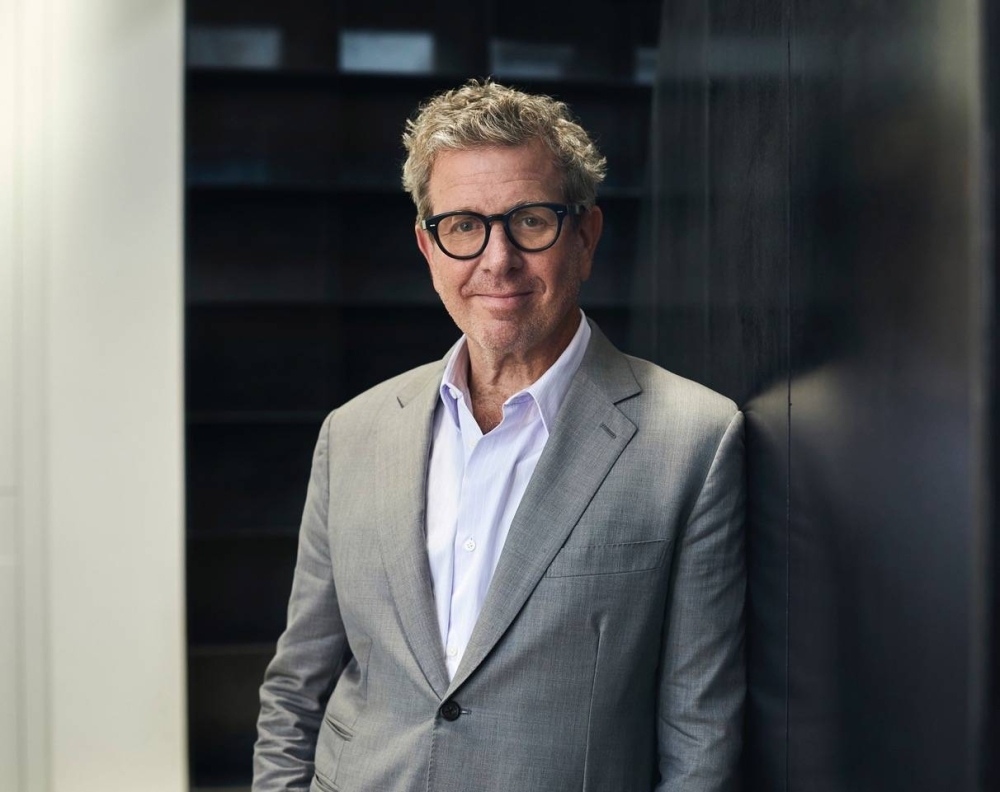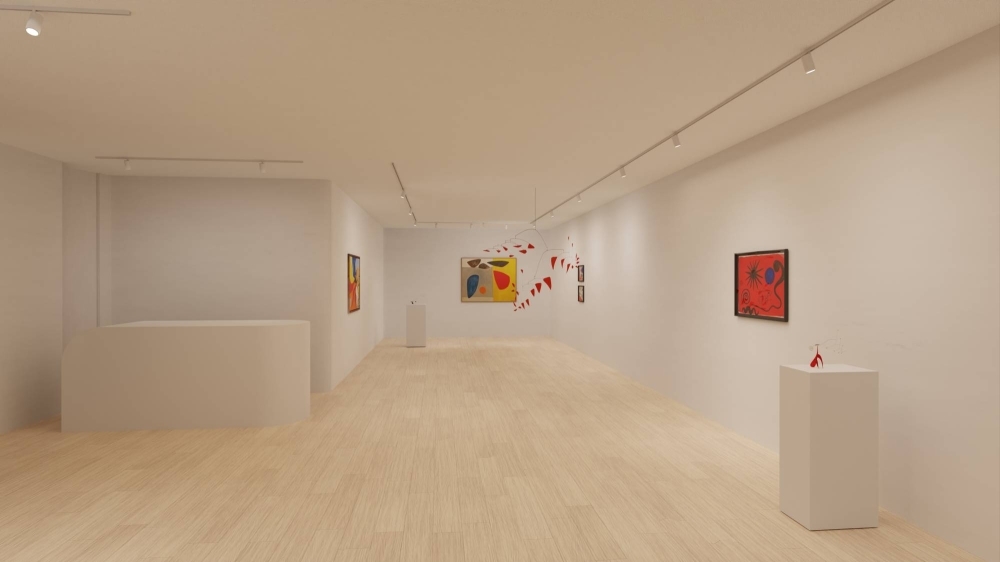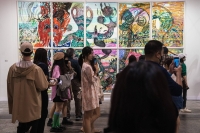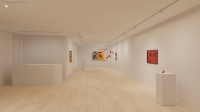“I'm the worst secret keeper in the world," Pace Gallery CEO Marc Glimcher confided in Seoul, where he was in town for the Frieze art fair being held last week.
The jet-setting art dealer — who recently visited Hong Kong and mainland China — formally announced on Tuesday the opening of a new gallery in Tokyo next year, finally confirming long-swirling rumors that were on occasion stoked by the CEO himself.
“So the reason everyone's asking me about Japan is because I'm talking to everybody about it. Like ‘What do you think about Japan? Am I crazy?’” he said of the conjecture in the media over the past few years.
The art market in Asia is changing — and growing increasingly competitive. Hong Kong, which hosts an edition of Art Basel and has long served as a way to access the China art market, has long courted collectors, but other cities are attracting interest too, with Seoul’s rapidly developing art market continuing to attract international collectors. After going through a somewhat subdued phase, Tokyo has also begun to stir, with collectors eager to spend.
Glimcher, whose father founded Pace, grew up immersed in the art world — he attended the first Art Basel when he was 5 years old, where he was babysat by Swiss art dealer and industry titan Ernst Beyeler, who co-founded the fair, he told The Japan Times.
He considers Seoul an important location. For the prominent New York-headquartered gallery — which represents the work of major artists including Mark Rothko and Jeff Koons — South Korea has become its second-biggest market by value, he said. With the new space in Tokyo, further growth in Asia is expected.
While Japan was once a hungry art market before the economic bubble burst in the 1990s, auction houses and dealer galleries subsequently turned away in favor of other markets. But recent indications suggest purchasing appetites are growing.
Enthusiastic collectors in Japan are garnering more attention. While there was a dip in transactions due to the pandemic, in 2022 Artprice, an online art price database, reported that Japan set a new record for auction sales, with annual turnover reaching $185 million. That was part of an upward trend in prices and “strong competitive spirit among Japanese bidders,” according to the site’s online report.
Beijing Poly International Auction is toying with a further Japan expansion, while Tokyo Chuo Auction launched an online platform in 2022 to enable better access to the Japanese art market during COVID-19.
For Pace, the chance to take a space in Mori Building’s Azabudai Hills development, set to open in November, meant the pieces started to come together.
“That ignited a kind of simmering fire that has been there for a long time,” he said, asking with a touch of incredulity, “How have we lasted this long with Japan being on the margin of the international art world? I don't know. Because it's so essential to us all.”
The success of South Korea’s commercial art market has been closely watched in the region. Glimcher said the market was driven by artists and collectors “who pushed the doors open to Korea,” which were then followed by international galleries.
In Japan, “for the last couple of years ... artists and collectors have been pushing the doors open again,” he said, predicting that other galleries will follow Pace into the market.
While art fairs are often viewed externally as barometers of market buzz, Glimcher said they’re instead a reflection of market activity and confidence because of the investment required.
“All due respect to the art fairs, they follow. They don't lead,” he said. “If that primary market is not alive and well in that town, a fair is not going to change anything.”
Elsewhere in Asia, Hong Kong is a regular stop off for the art crowd. While COVID-19 dampened markets in Hong Kong and China, according to Art Basel and UBS figures, Glimcher said that during a recent trip to Hong Kong he was “pleasantly surprised by the activity level,” and was similarly heartened by the energy he saw in Guangzhou and Nanjing.
“I'm pretty confident about Hong Kong — you can't kill a city like that. The only major place that we've had really totally annihilated from the art world is Moscow, which was so energetic. It really takes that level of geopolitical degradation to really get us to just pack up and totally walk,” he said.
“Now, on the other hand, it's a sign to any city — if the art world is starting to lose interest in you, you are doing something wrong.”
While Pace may have not packed up and left Beijing entirely — in 2008 it broke ground as the first U.S. contemporary art gallery to enter mainland China — it closed its 2,000-square-meter gallery space in 2019, downsizing to an office and viewing room, citing challenging business conditions.
To the question of what would reignite the business there, Glimcher was candid.
“(For) any business, the environment has to be predictable. All you have to do is have laws that everybody agrees to stick to. Unless you have that — rules — it's just like, life's too short to go somewhere and make all this investment and huge effort and then the next day someone says, ‘The rules just changed.’”
“Japan and Korea, the rules do not change,” he added.
Still, Glimcher said that while it was “hard to get the artists to show in Hong Kong,” and it was “diminished” somewhat, he was optimistic about the market’s future — but that living up to its potential is pinned on it maintaining its historical role.
“Hong Kong should retain its ability to be the meeting place for all of Asia. It's not specific, like Korea or Japan or Shanghai — it's kind of neutral territory,” he said, noting that if it didn’t stay this way, “then it's not going to have a role.”
Physical locations aside, Glimcher is particularly interested in the role technology is playing in shaping the future of the art market. Art was “a very hyperlocal practice” that has since exploded into a globally accessible phenomenon fueled by technology — a thrilling development in Glimcher’s eyes. He predicts big changes for the art business as a whole, and a time of experimentation ahead.
“Our gallery systems and art fairs systems are going to have to change,” he said. “The art world in 20 years from now is not going to be anything like it looked for the last 100 years.”



